Reading aloud helps students learn how to use language and retain key points of the story, while improving their information processing skills, vocabulary, and comprehension. The Rendell Center’s Read Aloud lesson plans, designed for elementary school teachers, offer titles incorporate into their curriculum, provide insights into the book selected to enhance the read aloud session, and deliver activities for presenting civics learning in a fun, memorable way.
Strengthening Democracy in America
Strengthening Democracy in America is a collection of free courses featuring video interviews with noted scholars. These courses will deepen your understanding of the American political system and your rights and responsibilities in it. The first two courses provide a framework for understanding the history and development of the system. Subsequent courses focus on its strengths and weaknesses and means of enhancing the strengths and diminishing the weaknesses. The courses are open to anyone and can be completed at your own pace.
We the People Open Course
This course takes you from the philosophical foundations of the U.S. Constitution through the modern interpretation and application of its ideals. You will find videos of noted scholars explaining key aspects of the Constitution and online exercises to check for understanding. The course follows the We the People: The Citizen & the Constitution Level 3 (high school) textbook, which has been used throughout the country to further understanding of our government and its fundamental principles.
‘Life, Liberty, & the Pursuit of Happiness’ Digital Textbook
“Life, Liberty & the Pursuit of Happiness” is free online U.S. history resource for high school students. This textbook is the first entirely free U.S. history resource that aligns with AP standards. It is based on compelling stories that bring American history to life.
The Earliest Americans (CKHG Unit)
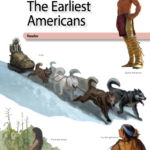
Across 17 lessons, this unit introduces some of the different peoples who populated America many years before the arrival of European explorers—some as early as thirty thousand years ago along the Pacific Coast, and others who traveled from Asia across Beringia, the land bridge. Students explore how these early peoples spread across North and South America, adapted to their environments and developed unique cultures. Each lesson is designed to last 30 minutes.
Native Americans: Cultures and Conflicts (CKHG Unit)
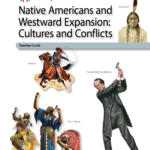
Across 7 lessons, this unit explores the ways of life of diverse Native American peoples and how their cultures were disrupted, displaced, and profoundly altered by westward expansion and American government policies and practices in the 1800s. Some of the content of this unit is tied to the “Pathway to Citizenship,” an array of civics-focused knowledge, questions, and activities.
Westward Expansion After the Civil War (CKHG Unit)
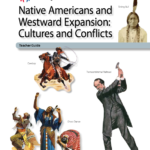
This unit focuses on the westward movement of Americans in the later 1800s, which often led to conflict with Native Americans displaced from long inhabited lands. Across 7 lessons, students learn about the lure of gold or silver, or the land offered through the Homestead Act. Students explore the transcontinental railroads, the “Wild West,” the purchase of Alaska, and the “closing of the American frontier.”
The Civil War (CKHG Unit)
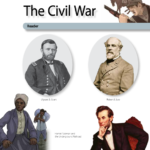
This unit explores the political, historical and cultural causes and consequences before, during and after the Civil War, one of our nation’s greatest crises. Across 24 lessons, students engage with the material through primary sources and consider the influence of abolitionists and other intellectual as well as military and political figures.
This unit includes 24 lessons that are about 45 minutes each.
Westward Expansion Before the Civil War (CKHG Unit)
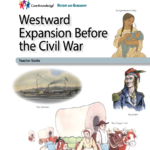
The unit explores the westward movement of Americans in the nineteenth century: the early explorers, effects of new developments in transportation, Native American resistance to settlers, and the treaties broken by government officials. Across 10 lessons, students explore the use of Manifest Destiny to promote the acquisition of US territory, the annexation of Texas, the Oregon Trail, and the California gold rush.
The Age of Exploration (CKHG Unit)
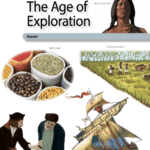
This unit introduces students to European exploration and trade from 1400 to the 1600s. Across 12 lessons, students learn about motivations for European exploration and study specific explorers, learning about their encounters with indigenous peoples. Students are introduced to the early slave trade and the beginnings of slavery in the Americas.